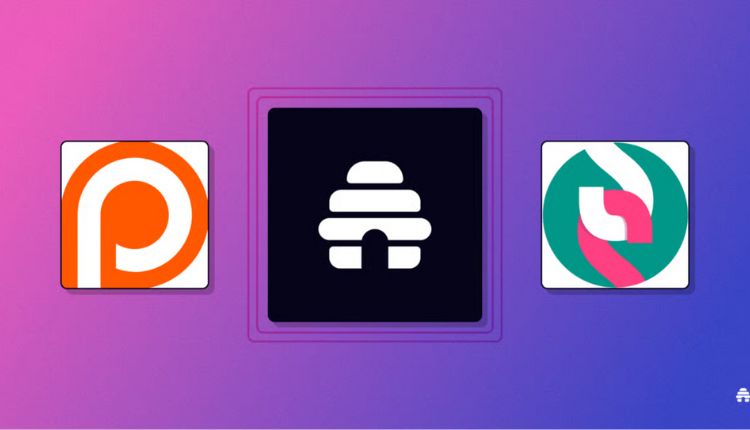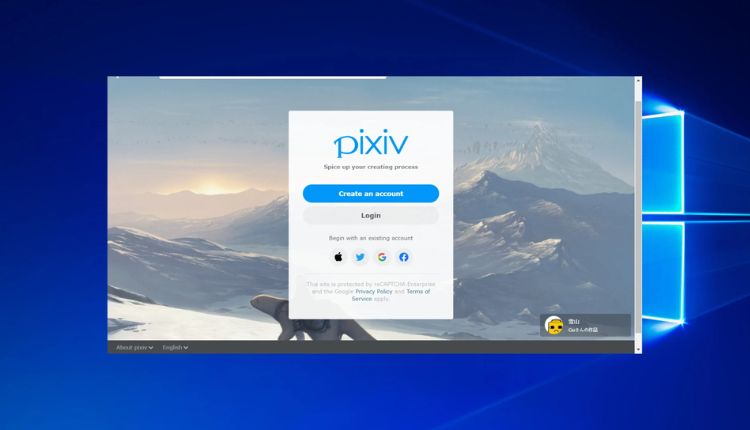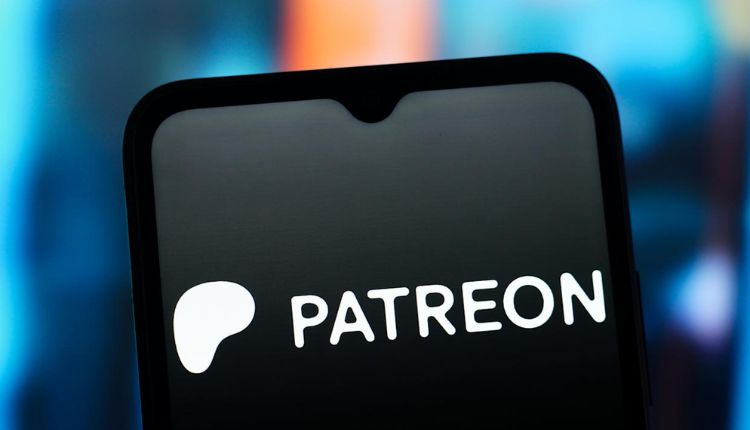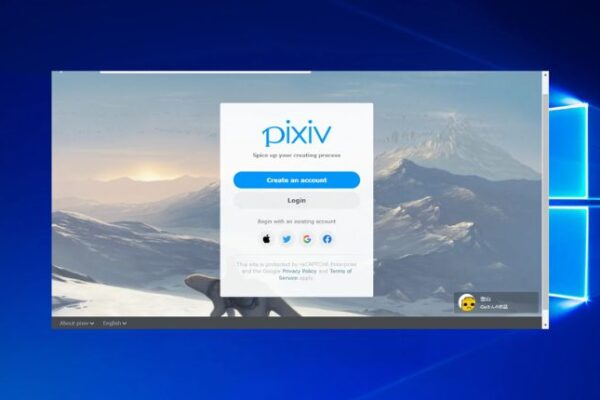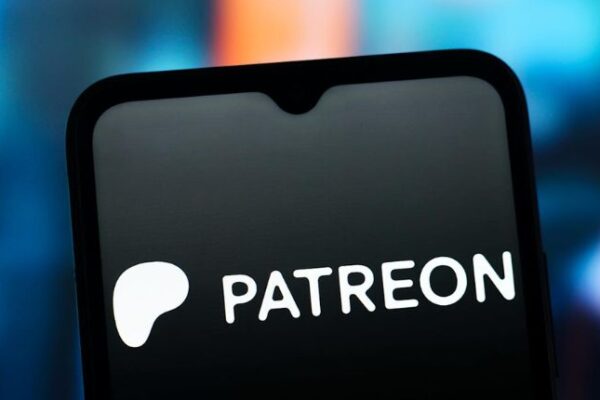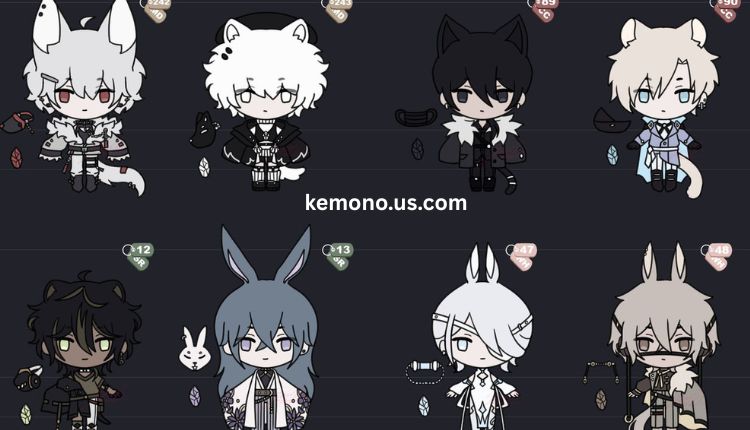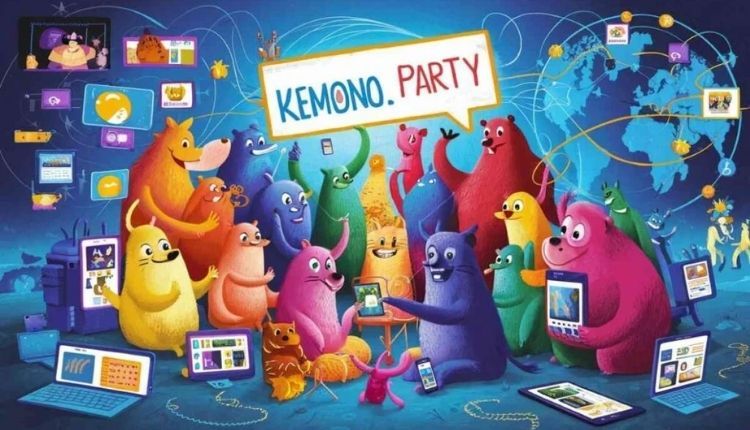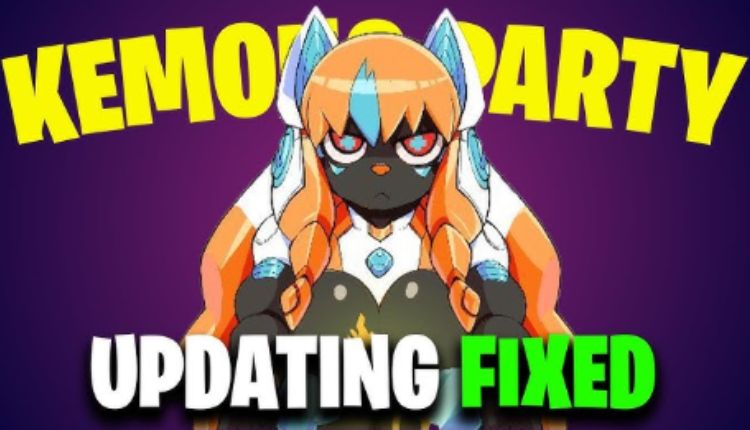
Kemono Party: Top Kemono Art & Fan Creations on Kemono.su
Kemono Party is a growing online platform known for aggregating art and content from subscription-based creator websites. It has become a hot topic among internet users looking for access to premium digital art. The main attraction lies in its ability to mirror and archive content from creators across multiple platforms. While it often stirs ethical debate, it still garners large traffic for its broad coverage.
The platform appeals to fans who seek alternative access to their favorite artists’ content. This is especially true for users interested in illustrations, comics, and animations shared by creators on paid services. The name “kemono party” has gained recognition in online discussions due to its relevance in the digital art space. Its unique positioning and extensive reach have made it a frequently searched term.
How Kemono Party Works In The Digital Ecosystem?
Kemono Party functions by automatically scraping and updating content from various creator platforms. It acts as a centralized archive that users can browse to find uploads from popular artists. While not officially affiliated with the original platforms, it uses public access or leaked credentials to mirror content. This enables users to view materials without direct subscriptions.
The presence of such a tool raises legal and ethical concerns, but also highlights demand for creator content. It is essentially a mirror site—efficient, but controversial. Additionally, some creators post tutorials, PSD files, and other premium resources. These materials can be educational, but are still shared without proper authorization. The vast library makes the kemono party both tempting and controversial. It’s a window into the underground art-sharing world.
A Coomer Party is a satirical, meme-inspired event centered around internet humor and exaggerated depictions of online obsession. Typically, it features ironic decorations, jokes, and over-the-top behavior parodying digital culture. These gatherings are niche and not suitable for all audiences, often blurring lines between comedy and controversy.
Legal Issues And Ethical Discussions Surrounding Kemono Party
Critics argue that kemono party undermines the hard work of digital artists by making exclusive content freely accessible. Legal actions have been discussed, but enforcement remains a challenge due to hosting laws. On the other hand, some users justify the kemono party by pointing to economic barriers. Not everyone can afford monthly subscriptions, and this platform provides a workaround. Still, it’s a sensitive topic, and online forums are filled with debates on both sides. Some artists have even changed platforms due to content leaks.
Kemonomimi, meaning “animal ears” in Japanese, refers to characters with human bodies and animal features, like cat ears or tails. Popular in anime, manga, and cosplay, kemonomimi blend cute animal traits with human personalities. They symbolize playful fantasy and often reflect themes of innocence, agility, or mystical charm in storytelling.
Kemono Party’s Role in the Creator Economy
In the modern creator economy, platforms like Kemono Party challenge traditional support models. While services like Patreon encourage direct funding, mirror sites disrupt that cycle. Artists rely on subscriber growth and tiered rewards, which lose value when leaked. It affects this balance, raising the need for new protective measures.
Still, it also exposes creators to wider audiences, especially those unaware of their work. For some, it acts as a form of unpaid marketing, though not ethically approved. Some artists report increased followers after content leaks, while others suffer massive revenue drops. It’s a double-edged sword that continues to shape the digital art economy. For those interested in creator content, there are many ethical alternatives to Kemono Party. Supporting artists directly guarantees continued creation and often comes with bonus perks.
Fanhouse, Ko-fi, and BuyMeACoffee are newer platforms gaining traction in this space. These services are artist-friendly and include secure payment systems. They also foster community, which mirror sites lack. Users should consider these legal options instead of turning to Kemono Party. Ethical consumption ensures the creative industry thrives.
Content Creator Related To Kemono
Candii Kayn is a digital creator and body positivity advocate known for her engaging content across platforms like Instagram, Twitch, and YouTube. She shares cosplay tutorials, cooking streams, and gaming sessions, promoting self-love and confidence. Candii also offers exclusive content on Patreon, celebrating body diversity and empowerment.
Nicole, known online as @nicoleponyxo, is a digital content creator recognized for her distinctive emo aesthetic and engaging presence on platforms like TikTok and Instagram. She shares a variety of content, including fashion, lifestyle, and personal moments, captivating a substantial following with her unique style and personality.
How Search Engines and Online Communities React to Kemono Party?
Search engine results related to kemono party are often filtered or flagged due to its controversial nature. Some browsers even block access depending on geographic location or content filters. Despite this, the keyword “kemono party” still trends regularly, especially in online art forums and discussion boards. This shows the growing interest in digital content aggregation.
Communities like Reddit and Discord have ongoing threads analyzing Kemono Party’s updates and ethics. While some support its transparency, others criticize it for undermining creator rights. Google and Bing have both reduced the platform’s visibility, yet traffic remains high. It’s a reflection of how strong digital curiosity remains, even amid ethical concerns. The future of kemono party and similar sites will likely depend on how laws adapt to protect digital creators. As content creation becomes more valuable, tech companies may introduce AI detection and watermarking tools. These will help prevent scraping and unauthorized sharing. It may be forced to change or shut down as regulations tighten.
However, the demand for freely accessible content is unlikely to vanish. This means alternatives may rise to replace the kemono party, creating an endless cycle. Only better payment models and user education can shift habits toward ethical support. The future is uncertain, but the digital art community will play a major role in shaping it.
Kemono.su has emerged as a favored hub for fans searching for exclusive content created by independent artists. With a vast selection of digital art, comics, audio, and more, the platform provides a distinctive space where users can discover and appreciate fan-driven work. It curates a wide variety of content sourced from premium sites like Patreon, Fantia, Gumroad, among others, becoming a top choice for those wanting access without the usual subscription requirements.
What sets Kemono.su apart is its open-access philosophy. While most platforms lock content behind paywalls, Kemono.su removes these barriers, granting free access to diverse forms of creative media. From intricate illustrations and animations to immersive audio stories and adult-themed works, the site offers a broad spectrum of genres that appeal to many niche fan communities. This inclusivity is a big reason why the platform has grown in popularity, especially among those seeking alternative ways to enjoy fan-supported media.
How Kemono.su Collects And Displays Content?
Kemono.su pulls data using automated bots and uploads from the community, scraping everything from images and videos to downloadable assets and even comment sections. The platform is built to resemble the original creator’s websites, making the experience familiar for users.
Thanks to this broad selection and constant updates, it attracts heavy web traffic. However, its open accessibility fuels ongoing ethical concerns about unauthorized sharing. At the heart of kemono.su’s controversy is its practice of redistributing paywalled content without permission. This undermines the revenue of creators who depend on subscriptions to earn a living.
What You’ll Find on Kemono.su?
The platform is home to a wide variety of content, from safe-for-work digital art to content, comics, guides, and even workflow breakdowns. Creators on paid platforms often offer bonus materials like PSD files, videos, and exclusive blog entries—exactly the kinds of content mirrored on kemono.su. Everything is categorized and filtered by date, platform, and type for easy navigation. While kemono.su doesn’t generate its content, the fact that it hosts mirrored work comes with serious implications. For some, it’s a goldmine of rare or discontinued content. But the central issue remains: access without consent challenges the boundaries of respect and digital ownership.
Its interface features search filters based on platform, name, or posting date, making it simple for fans to track artists or explore new creators in similar styles. With consistent uploads and strong community engagement, Kemono.su remains fresh and up to date. With the ongoing desire for open access, platforms like Kemono.su will continue to play a significant role in conversations about digital rights, artistic recognition, and how we share and value online content.
This model has made it a go-to destination for fans and internet users wanting to bypass traditional access limits. Its simple interface, robust search tools, and extensive creator archives keep it high on many people’s radar. This positions kemono.su squarely in a legal and ethical gray zone that continues to spark debate.
How It Affects Creators?
The rise of Kemono.su has had a tangible impact on the creator economy. Offering premium content for free undermines the financial ecosystem many artists rely on. Besides monetary loss, creators may feel demotivated or violated, as leaks damage the trust between them and their supporters. While some artists see an increase in visibility due to leaked work, that exposure rarely converts to paying fans. Many users consume content passively, never taking the next step to support the creator. So, even if traffic increases, genuine engagement and financial backing usually do not.
These environments foster respectful relationships between creators and fans and focus on sustainability, fair compensation, and community building—everything that it doesn’t offer. Interest in kemono.su continues to grow, driven by the broader interest in digital creator culture.
Still, so long as people seek free access, mirror sites will likely persist. Some argue this is a sign that creator platforms need to adapt—perhaps with lower pricing tiers or more flexible payment options. One way or another, kemono.su has cemented its place in online history, standing at the crossroads of accessibility, ethics, and content ownership.

